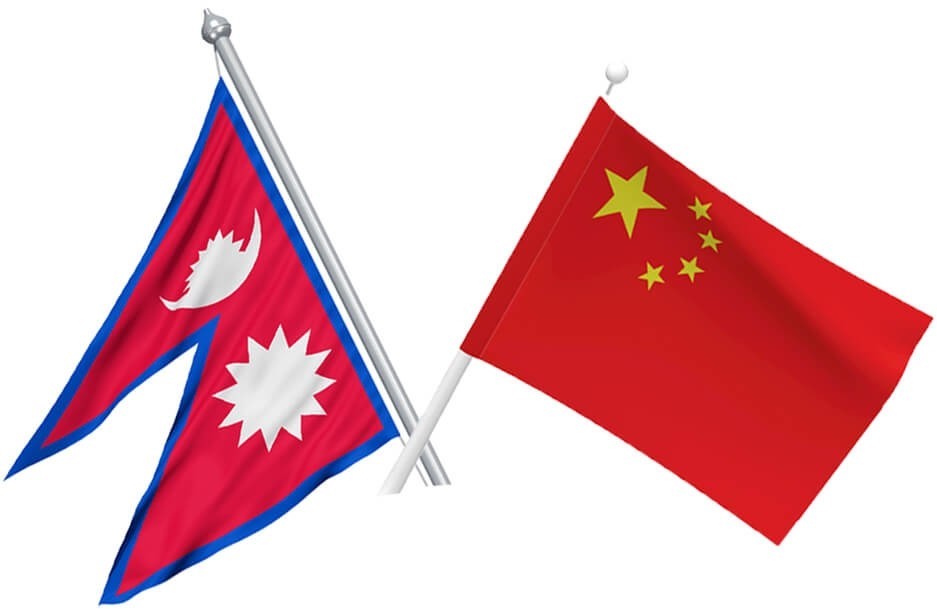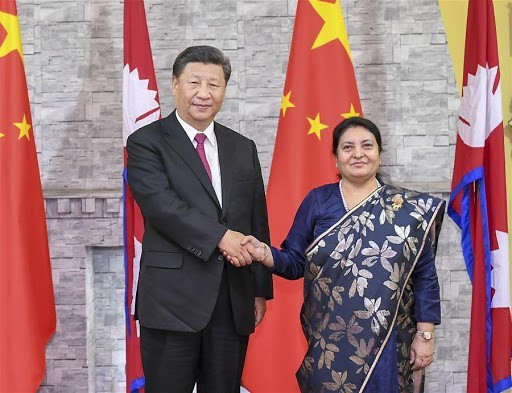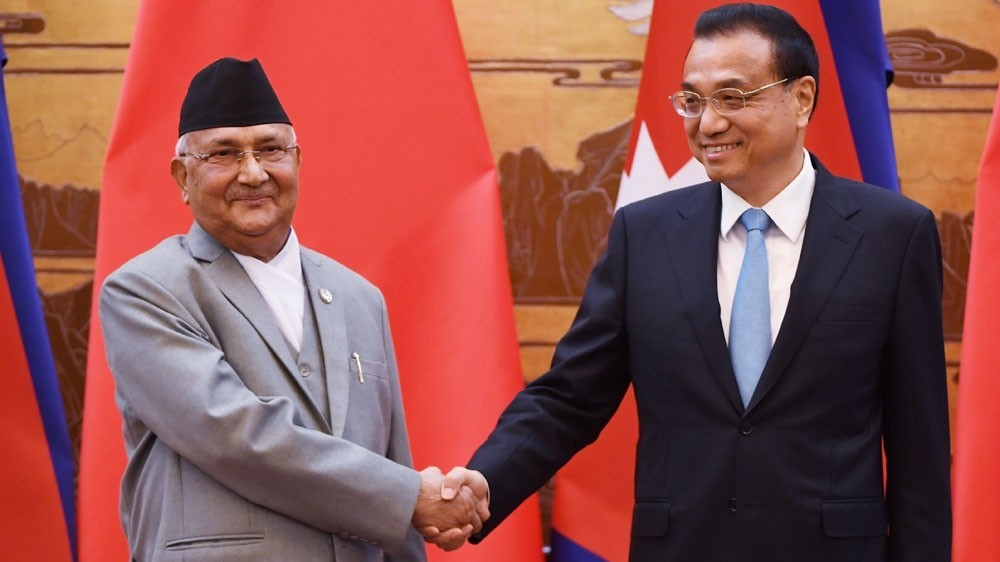

Kathmandu: Nepal and the People's Republic of China (PRC) are celebrating the completion of 65 years of diplomatic relations. The then Principal Royal Adviser Sardar Gunja Man Singh and Chinese Ambassador Yuan Zhongxian had signed an agreement on August 1, 1955, on behalf of their respective governments, establishing formal diplomatic relations between the two neighboring countries.
Though the formal relations started in 1965, the two neighbouring countries have a history of trade and cultural exchanges that goes back many centuries. Many historical figures Confucius, Gautam Buddha, Arniko, and Xuanzang have had deep influence on the culture of both countries.

Nepal and China have shared a relationship that has remained free of controversies. In the 65 years, the relations have moved from government to government to people-to-people level. China has been helping Nepal for its development, peace, progress, prosperity, and happiness keeping in line with Panchasheel's principals of non-interference and respect for territorial integrity and national sovereignty.
With the promulgation of the new constitution of Nepal in 2015, the diplomatic relations between the two friendly neighbours has entered a new era. Different bilateral agreements signed during Prime Minister K.P Sharma Oli's visit to China in 2016 and 2018, President Bidya Devi Bhandari's state visit in 2019, and Chinese President Xi Jinping's state visit to Nepal in the same year, have taken the Sino-Nepal relations to a new height. More than 10 agreements regarding long term economic development projects in areas such as air connectivity, railways, hydropower, communications, and inter border connectivity, were signed during Prime Minister K.P Sharma Oli's 2016 visit, while 14 more such agreements were signed during the 2018 visit. The following state visit by President Bidya Devi Bhandari in 2019 saw the signing of the Nepal-China trade and transit protocol and the ratification of the earlier agreements. The transit protocol has aimed at transforming Nepal from a landlocked country to a land-linked one.

Chinese President Xi Jinping's state visit to Nepal in 2019 gave further impetus to move ahead with the Belt and Road Initiative (BRI) projects in Nepal.
Former Nepali Ambassador to China Tanka Karki says that the third phase of Sino-Nepal relations started after the promulgation of the constitution in 2015.
"The new epoch started with Prime Minister K.P Sharma Oli's China visits and the different strategic agreements signed during those visits. The agreements are aimed at enhancing Nepal's status from being India-locked to land-linked via railways and other connectivity mediums with China," Karki said, adding "The salient feature of the 65 years bilateral relations is the Panchasheel based non- interference principal. This has made the relation between two countries glorious and harmonious".

Apart from high-level visits and agreements, China has been helping Nepal in restoring the physical infrastructures that were destroyed by the 2015 Gorkha earthquake. As many as 25-reconstruction projects ranging from road construction to school building restoration are ongoing or have been recently completed.
China has also been providing economic assistance on different headings for the development and prosperity of Nepal. Many Nepalese are studying in China with government scholarships as part of the student and cultural exchange programs.
The diplomatic relations between Nepal and China are stronger than ever. With Chinese President Xi Jinping putting forth the concept of "neighbours first", the Sino-Nepal relations are set to go from strength to strength.
However, challenges such as timely completion of Chinese projects in Nepal and the continuation of Nepal's political stability remain. Provided these challenges are properly resolved, China will continue to be a partner and a stakeholder in Nepal's national campaign of "Prosperous Nepal, Happy Nepali."